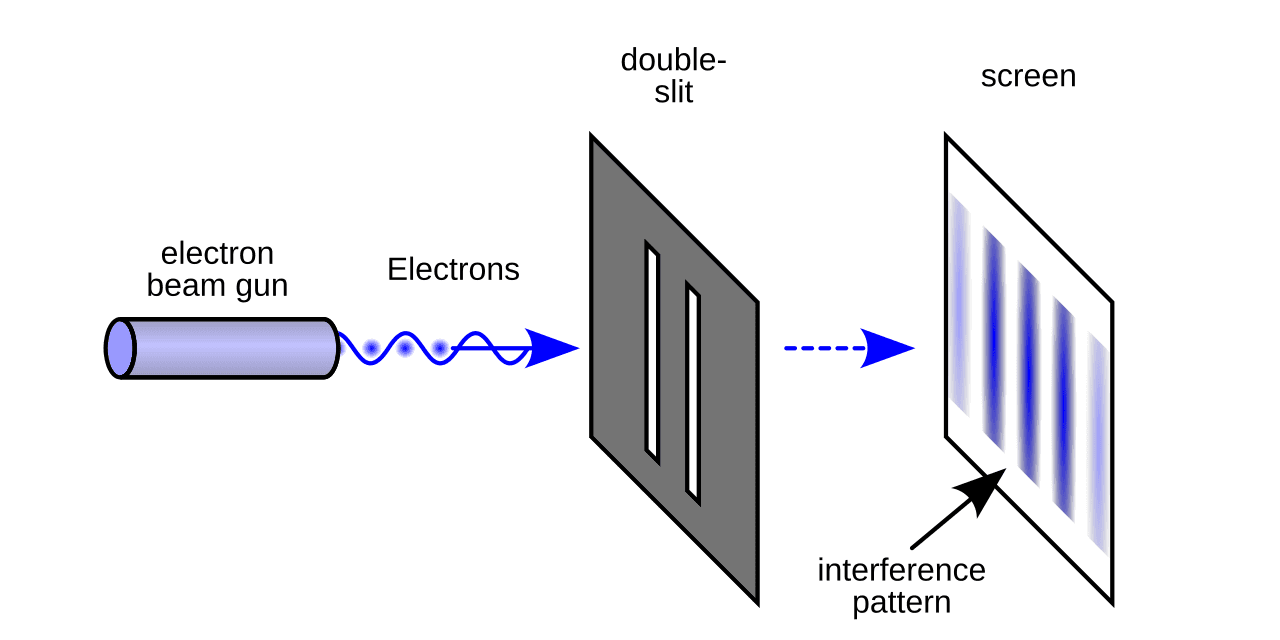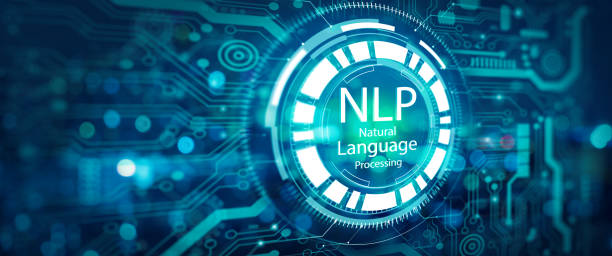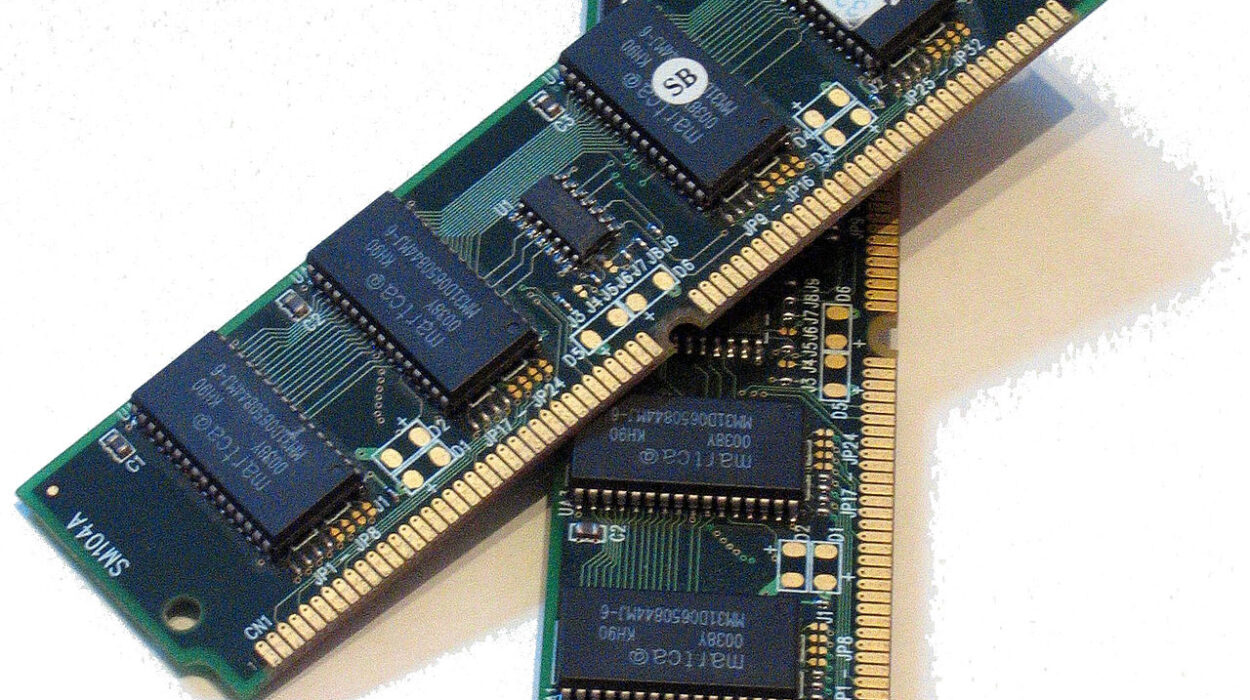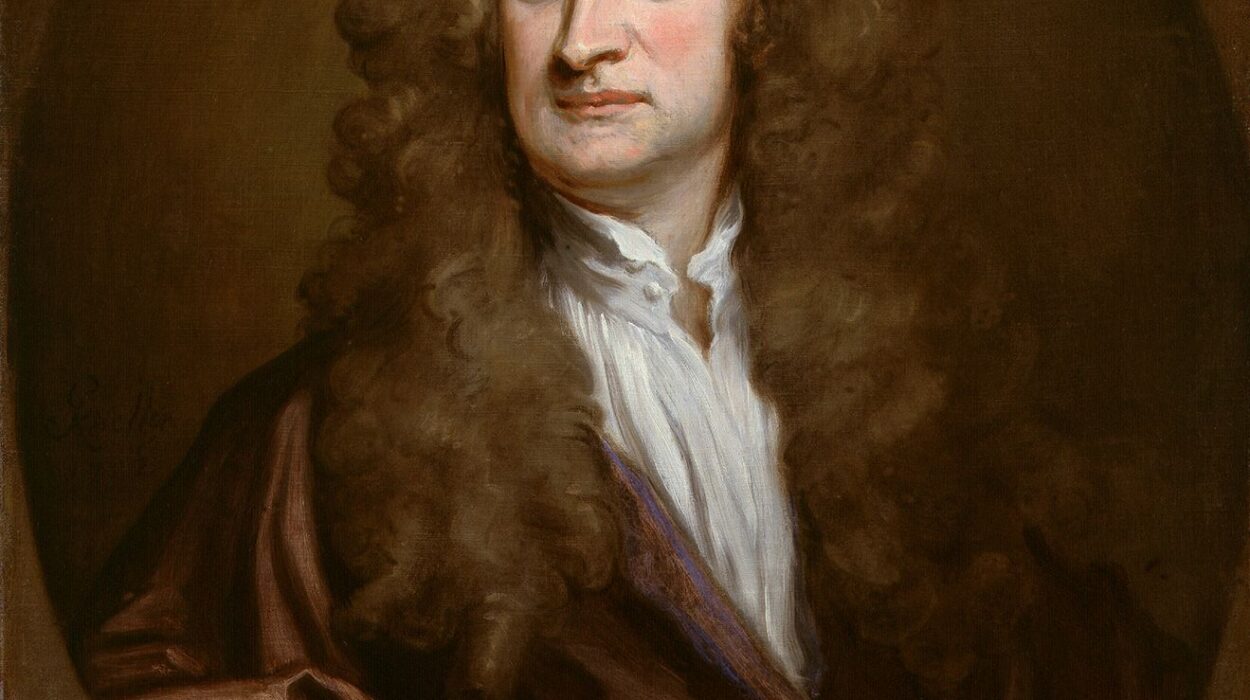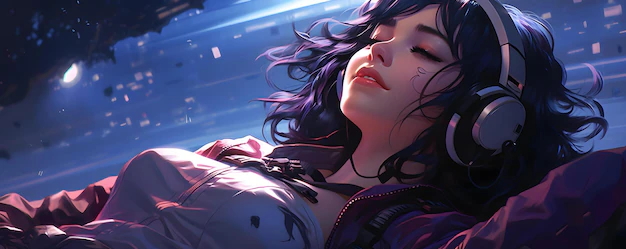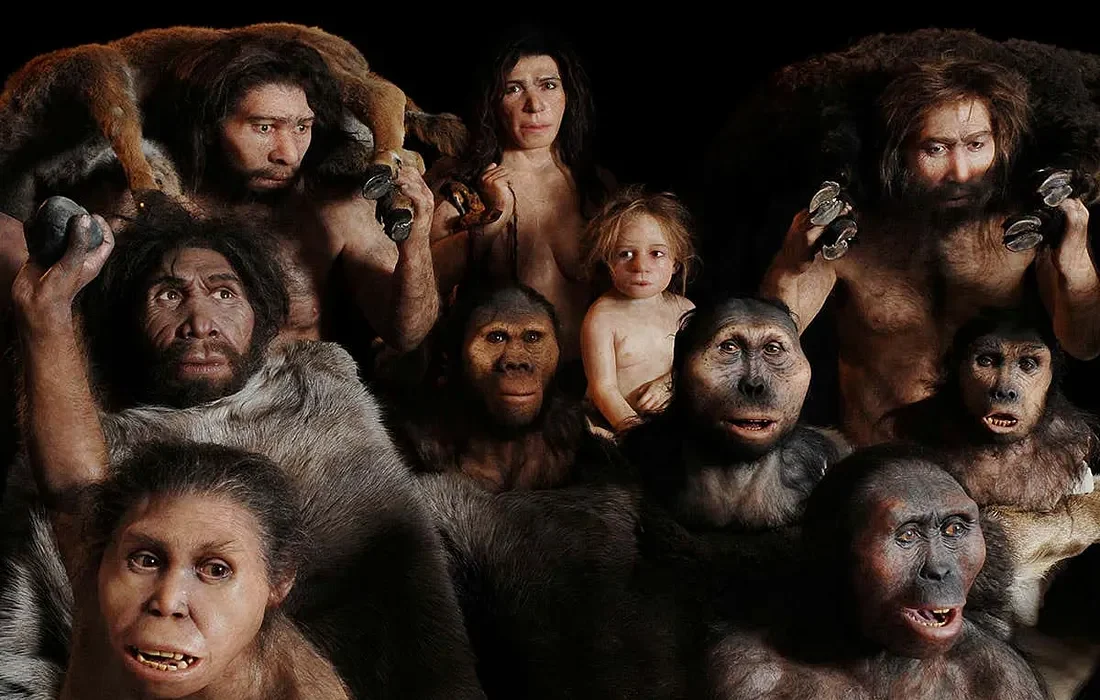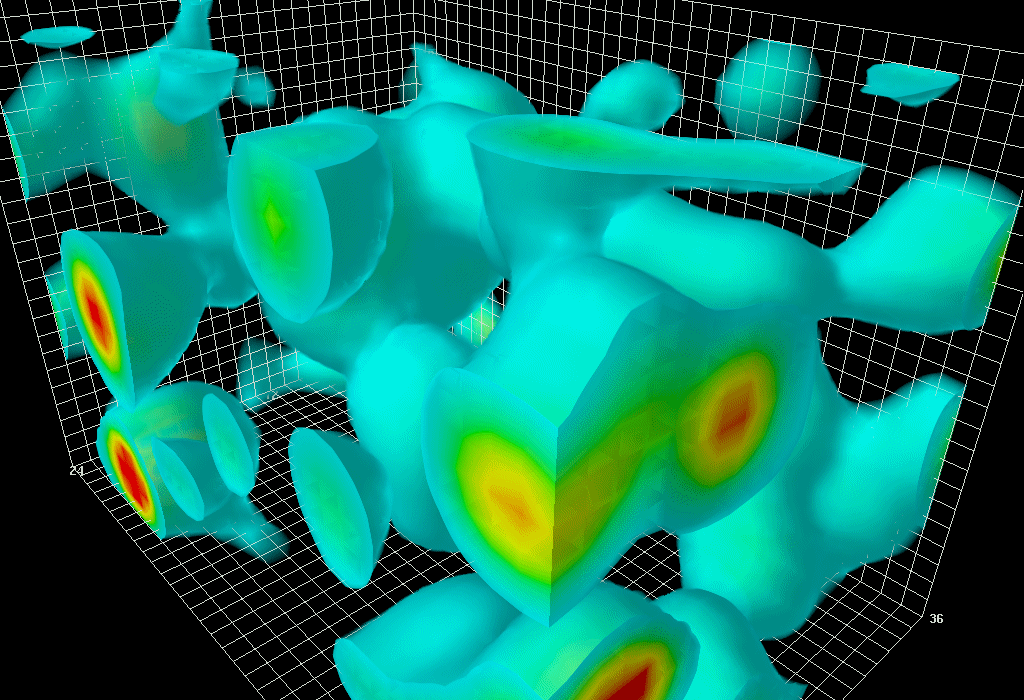There are few scientific experiments that have so thoroughly shaken the foundations of our understanding as the double slit experiment. At first glance, it appears innocent, almost childlike in its simplicity: a beam of particles or waves is sent toward a barrier with two narrow slits, and a screen on the other side records the pattern that emerges. Yet behind this simple setup lies one of the deepest mysteries of existence, a paradox that has forced physicists, philosophers, and dreamers alike to question the nature of reality itself.
The double slit experiment is not merely a piece of scientific history; it is an unfolding story about who we are and what kind of universe we inhabit. When first performed in the early 19th century, it seemed to settle a debate about whether light was a wave or a particle. But as physics progressed, particularly in the quantum age of the 20th century, the experiment resurfaced in a profoundly unsettling way, revealing that matter itself—the very fabric of everything we see—behaves in ways that defy classical intuition.
To understand what the double slit experiment says about reality is to embark on a journey that blends physics with philosophy, logic with wonder. It is to confront the possibility that reality is not what it seems, that observation changes existence, and that at the deepest level, the universe is woven with probabilities rather than certainties.
A Historical Prelude: The Nature of Light
The mystery begins with light itself. For centuries, scientists debated whether light was made of tiny particles or whether it was a continuous wave. Isaac Newton, whose genius dominated 17th-century physics, firmly believed that light consisted of particles, or “corpuscles.” This view seemed natural—after all, light traveled in straight lines and reflected from surfaces much like a ball bouncing off a wall.
Others, however, suspected a wave-like nature. Christiaan Huygens argued that light spread out in ripples, much like waves on a pond. For a time, Newton’s authority overshadowed competing ideas, and the particle view prevailed.
It was not until 1801, when the English scientist Thomas Young performed his now-famous double slit experiment with light, that the wave theory triumphed. Young passed sunlight through two narrow slits and observed the pattern it made on a screen. If light were made of particles, the expectation was straightforward: two bright bands would appear, corresponding to the slits. Instead, Young saw a series of alternating bright and dark bands, an interference pattern characteristic of waves.
The conclusion was undeniable: light behaved like a wave. Two overlapping waves either reinforced each other (creating bright bands) or canceled out (creating dark bands). This was the wave nature of light, revealed through the simplicity of two slits and a screen.
For the 19th century, this result seemed final. Light was a wave, electromagnetic in nature as later described by James Clerk Maxwell. Yet, hidden within this triumph was the seed of deeper mystery.
The Quantum Twist
The 20th century brought a revolution. In 1905, Albert Einstein explained the photoelectric effect by proposing that light could also behave as discrete packets of energy—quanta, or photons. This was a shocking resurrection of Newton’s particle idea, but now fused with the wave picture. Light was not merely a wave, nor merely a particle; it was somehow both.
The double slit experiment was resurrected in this quantum era with a new twist. What if, instead of light, one sent individual particles—like electrons—through the slits? Electrons were understood as matter, tiny building blocks with definite mass and charge. Surely, they would behave as particles.
But the results defied expectation. When electrons were fired one at a time through the slits, each left a single dot on the screen. Yet as more and more electrons accumulated, the pattern that emerged was not two clusters behind the slits, but an interference pattern—just as if electrons were waves interfering with each other.
How could this be? How could a single electron, passing through one slit, somehow “know” whether another slit was open? Even stranger, if detectors were placed at the slits to determine which one the electron passed through, the interference pattern disappeared, replaced by the two clusters expected of particles. The mere act of observation changed the outcome.
Here was the paradox in full: particles behaved like waves when unobserved, but like particles when measured. Observation itself seemed to collapse the possibilities into one reality.
The Enigma of Wave-Particle Duality
The double slit experiment revealed a profound truth about the quantum world: everything—photons, electrons, atoms, even molecules—exhibits both wave-like and particle-like behavior. This duality is not an illusion of measurement but a fundamental property of nature.
When unobserved, particles exist not as definite objects traveling along precise paths, but as wave-like probabilities, spread out in space. These probabilities can interfere, producing patterns of light and dark. But when measured, the wave “collapses” into a definite state, producing a localized particle-like outcome.
This strange dance between wave and particle is not confined to light or electrons. Experiments have shown that even large molecules, consisting of hundreds of atoms, can produce interference patterns when passed through double slits. The larger the object, the more fragile the interference, but the principle holds: matter at its core is quantum.
Wave-particle duality challenges the classical view of reality. It suggests that objects do not exist in definite states until they are observed. They exist instead as possibilities, superimposed, awaiting collapse into actuality.
Observation and Reality
Perhaps the most unsettling aspect of the double slit experiment is the role of observation. In classical physics, measurements simply reveal what is already there. In quantum physics, measurement appears to determine what becomes real.
When detectors are placed at the slits, forcing a determination of the electron’s path, the interference disappears. Without detectors, the interference returns. The universe seems to behave differently depending on whether it is being watched.
This has led to profound philosophical questions. Does reality exist independently of observation? Or is the act of observation fundamental to bringing reality into being? Some interpretations suggest that consciousness itself plays a role in collapsing quantum probabilities, though many physicists caution against such conclusions. Still, the experiment leaves us with no simple answers.
One possible interpretation, known as the Copenhagen interpretation, asserts that quantum objects exist in superpositions until measured, at which point the wave function collapses into a definite state. Another, the many-worlds interpretation, avoids collapse by proposing that every possible outcome occurs, branching into parallel universes. In one universe the particle went through the left slit, in another the right, and in yet others through both in different combinations.
Whatever interpretation one favors, the message is clear: the double slit experiment forces us to rethink the nature of reality itself.
Beyond the Laboratory
The implications of the double slit experiment are not confined to physics textbooks. They ripple outward into philosophy, metaphysics, and even the way we view ourselves. If matter itself is fundamentally probabilistic, what does that say about determinism? If observation changes reality, what does that say about our role as conscious beings in the universe?
For some, the experiment suggests a participatory universe, one in which reality is not a fixed stage but a dynamic interplay between possibility and perception. For others, it underscores the limits of human intuition, reminding us that nature does not conform to our everyday expectations.
Technologically, the insights born from quantum mechanics—including those illuminated by the double slit experiment—have transformed the world. Quantum theory underpins lasers, transistors, computers, GPS systems, and the emerging fields of quantum computing and quantum cryptography. The paradoxes of the quantum world are not abstract puzzles but the foundation of modern technology.
The Human Element of Wonder
What makes the double slit experiment so captivating is not only its scientific significance but also its emotional power. To witness the interference pattern emerge dot by dot on a screen is to see mystery written into the universe itself. Each dot is an act of creation, each band of light and dark a whisper of hidden laws that defy ordinary reason.
Scientists who perform this experiment often speak of awe, of feeling as though they are touching something sacred. It is as if the universe is revealing a secret, one that cannot be fully grasped but only contemplated with humility. The double slit experiment is more than a scientific demonstration; it is a window into the profound strangeness of existence.
Einstein himself was both fascinated and troubled by the quantum world. “God does not play dice,” he famously remarked, resisting the idea that randomness and probability ruled the cosmos. Niels Bohr, his great counterpart, replied, “Einstein, stop telling God what to do.” Their debates reflected not only scientific disagreements but also deep philosophical struggles over the meaning of reality.
Expanding the Mystery
In modern physics, the double slit experiment continues to evolve. Variations of the experiment have tested quantum principles in new ways, using photons, electrons, atoms, and even larger molecules. In some versions, the choice of whether to observe is delayed until after the particle has passed the slits, yet the results still conform: the interference pattern vanishes if observation occurs, as though the particle “knows” retroactively what is being measured.
Such “delayed choice” experiments stretch our concept of causality itself, hinting that past events may not be fixed until the present measurement is made. In other variations, quantum erasers show that information itself—not merely physical observation—determines whether interference appears.
Each refinement deepens the enigma. The double slit experiment is no longer simply a test of waves and particles; it is a playground for probing the very essence of reality, time, and information.
What It Says About Reality
So what does the double slit experiment ultimately say about reality? It tells us that reality is not a solid, objective stage on which events unfold with mechanical certainty. Instead, reality is fluid, probabilistic, and intimately tied to observation. It reveals that the universe is stranger than any dream, a place where particles can be waves, where possibilities exist side by side until they are observed, and where information itself is woven into the fabric of being.
It suggests that certainty is an illusion, that at the deepest level, nature dances in probabilities. And it reminds us that human perception is not separate from the cosmos but entangled with it, participating in the unfolding of existence.
The double slit experiment is a mirror held up to reality, showing us that the universe is both more mysterious and more beautiful than we ever imagined. It humbles us, challenges us, and inspires us to continue the quest for understanding.
The Endless Question
In the end, the double slit experiment does not offer final answers but eternal questions. It is an invitation to wonder. Each time a photon or electron passes through the slits, each time a pattern forms on the screen, the universe whispers again: reality is not as it seems.
Perhaps this is its greatest gift—not certainty, but wonder. To live in a universe where particles can be waves, where the act of observation shapes existence, is to live in a universe where mystery and beauty are inseparable.
The double slit experiment stands as one of humanity’s most profound encounters with the unknown. It does not close the book on reality but opens it wider, beckoning us to read further into the infinite pages of the cosmos.
And as we gaze at the interference pattern, bright and dark bands etched into the screen of existence, we are reminded that we too are part of the experiment, observers entangled with the universe, seekers standing at the threshold of mystery, forever asking what reality truly is.
